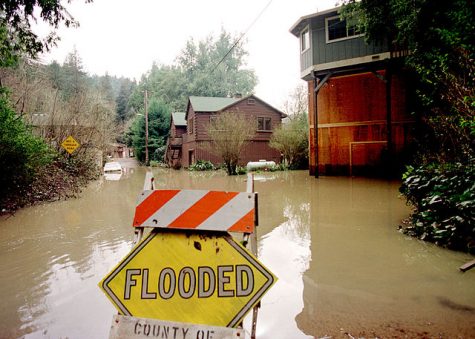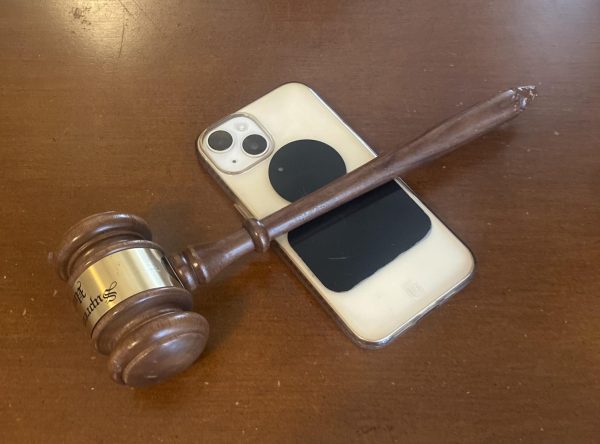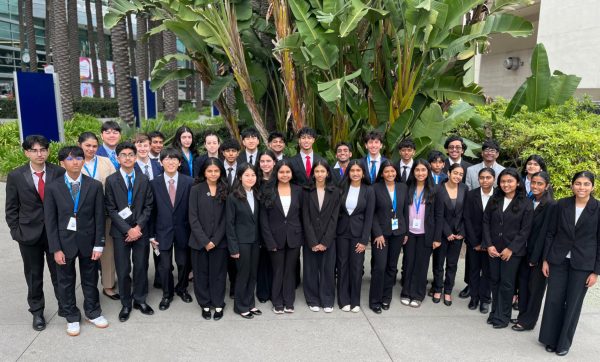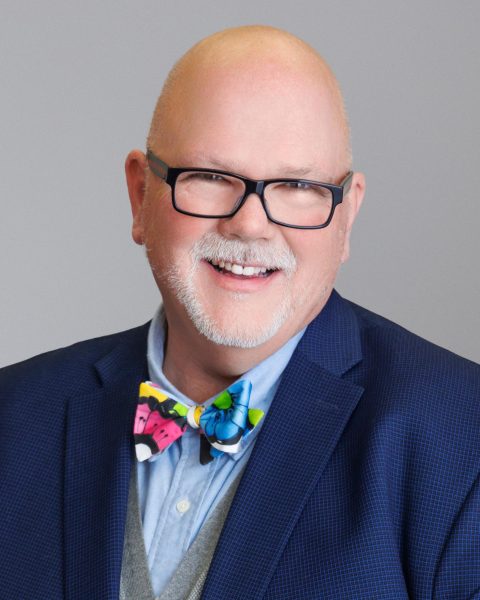Contaminants in California
Despite the influx of water this past winter, water sources are still unsafe for many Californians. Residents are no longer struggling with the drought epidemic, but instead have a new contamination problem to worry about. According to California’s Water Resources Control Board, at least 700,000 Californians have been exposed to contaminated water, and that is only counting those who use public water systems, which are government EPA funded.
The Community Water Center, a nonprofit organization working to help improve access to clean water sources, believes the number of California residents living without clean drinking water exceeds one million.
Per state data provided by NBC, 292 California water systems violate safe drinking water standards. Levels of uranium, chromium six, fluoride, nitrate, and arsenic have been found to be unnaturally high in many California water sources after recent checks. “There’s really serious health impacts from some of these contaminants,” says Laurel Firestone, Executive Director of the Community Water Center. “It can cause cancer [and] in the case of nitrate in very high levels, it can even cause death after a few days of high exposure.” Other negative health effects include nausea and vomiting, and in the long term, kidney and liver damage.

Five years ago, Governor Jerry Brown signed the Safe Drinking Water Act, a law that declared access to clean drinking water a fundamental human right. California was the first state to sign the legislation. Furthermore, according to the Water Control Board, California also signed law in 2014, which did not allow more than ten parts per billion of chromium six in drinking water, but despite that, chromium six levels are high. Unfortunately, thousands of Californians are still living with poor water conditions.
Additionally, the town of Vacaville has already been sued for high levels of chromium six, which ranged from 10 to 24 parts per billion, in eleven water wells. “Drinking water suppliers must […] implement readily available and affordable technologies to remove contaminants and re-establish the public’s confidence,” reads the lawsuit, according to The Reporter. In response, Vacaville plans on installing six new chromium six filters, which will cost millions of dollars. Vacaville is not the only area enduring poor water; other regions in the state, especially poorer and more rural ones like Pauma Valley and Borrego Springs, are badly affected as well.
Home water systems are not the only ones contaminated. Water quality tests in the San Ysidro School District showed unsafe levels of lead and arsenic. “If this isn’t an emergency, then I don’t know what is,” asserts Firestone. “Having toxic water coming out of your tap, not being able to access water in schools, this is really basic.” The school district has temporarily shut off their tap water supply and offered students bottled water instead. Residents, on the other hand, may not always have this option.
State legislators are aware of the problem, but no one has been acting fast enough. Whether the contamination problem is going to be fixed as soon as possible or not is completely up to state legislators to vote on. Felicia Marcus, chair of California’s Water Resources Control Board, forced a consolidation in small water districts, meaning that these water districts are required to check up on their water sources. “We’ve got to be thinking about it if our goal is to get clean, safe and affordable drinking water to all Californians.”
Nevertheless, fixing water contamination is easier said than done. Treatment infrastructure needs to be built, and there is always the problem of funds, despite the Water Board’s disbursement of millions in grant money. Even after infrastructure is built, many communities still will lack the resources to operate them. Furthermore, according to Marcus, politicians will have to vote on whether to maintain annual funding for water treatment centers. If politicians refuse to step up, California may be stuck with water contamination issues for a long time.
The drought may have been our chief concern for the past five years, but now the biggest hurdle is water contamination. As with so many issues, spreading awareness is the first step. Clean drinking water is something many people take for granted, but this issue needs serious attention, especially now that our fellow Californians are affected.





